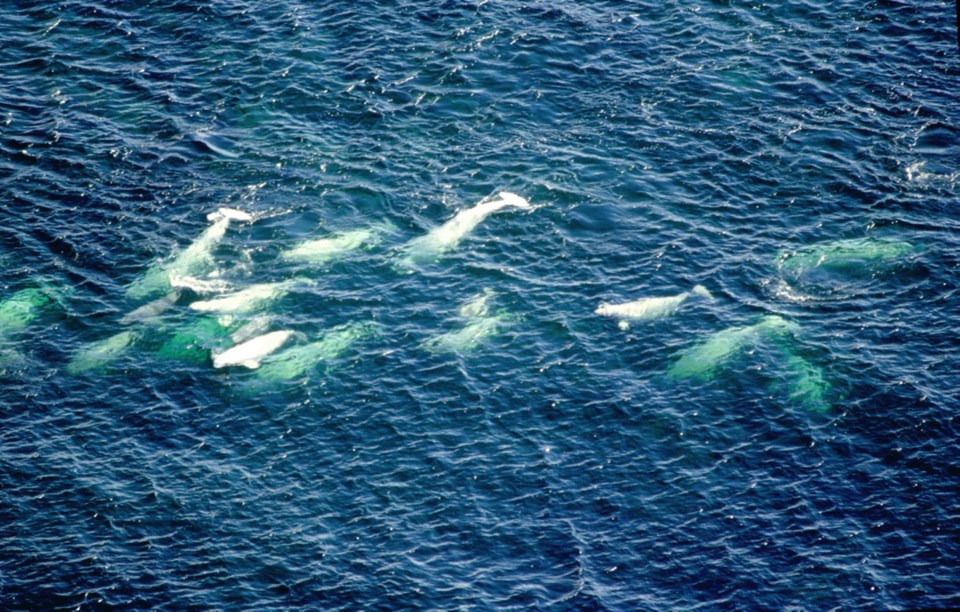KENAI, Alaska ÔÇö Cook Inlet beluga whales are swimming up the Kenai River earlier in the year and in greater numbers than previously estimated, according to new monitoring of the endangered species.
Kim Ovitz, a fellow in the University of Alaska FairbanksÔÇÖ Sea Grant program, in mid-March began recording beluga activity from six sites between the Kenai beach and Cunningham Park at river Mile 6.5, the Peninsula Clarion reported.
Ovitz counted 367 whales in 66 days of observation, including 43 calves.
ÔÇ£The belugas weÔÇÖre observing spend a considerable amount of time in the Kenai River,ÔÇØ Ovitz said. ÔÇ£When I came down here, I thought theyÔÇÖd mill in the mouth of the river and then leave, and thatÔÇÖs definitely not the case.ÔÇØ
The beluga population is estimated at 328.
ÔÇ£Clearly, thereÔÇÖs some overlap in the individual whales weÔÇÖre seeing,ÔÇØ she said.
The belugas moved in groups of up to 27, with an average of fewer than nine individuals.
Estimates of beluga travel in the Kenai until recently depended on sporadic sightings reported to the U.S. National Oceanic and Atmospheric Administration, which manages belugas.
Ground-based observers counted belugas in Turnagain Arm and Twenty Mile Creek and monitored the white whales in the Kenai River for the first time this spring.
ÔÇ£The Kenai River has sort of been forgotten in the world of beluga research, and there really hasnÔÇÖt been a lot of dedicated research and monitoring in this area,ÔÇØ Ovitz said.
NOAAÔÇÖs designation of beluga critical habitat in the Kenai River ends at the Warren Ames Bridge near river Mile 5. Ovitz often saw beluga groups move beyond Cunningham Park and return downstream up to two hours later.
With fewer good monitoring sites, she did not discover how far upriver belugas move, she said.
Ovitz saw belugas almost daily until April 30 but none in May, the month when oolichan, an oily fish presumed to be desirable prey for belugas, usually enter the river.
ÔÇ£That begs the question, ÔÇÿWhat are they feeding on,ÔÇÖ since oolichan didnÔÇÖt really start running in early May, and belugas are here in April and March,ÔÇØ she said.
There also was also a reported beluga sighting at Cunningham Park in December.
ÔÇ£This may indicate that beluga timing in the use of this area could be shifting somewhat,ÔÇØ Ovitz said. ÔÇ£They were historically observed during salmon and eulachon [oolichan] runs, and now weÔÇÖre seeing them earlier. Perhaps theyÔÇÖre targeting different prey sources, or periods of low human activity, or may be taking advantage of different ice-in and ice-out dates.ÔÇØ
Biologist Barbara Mahoney of NOAAÔÇÖs National Marine Fisheries Service said her agency could use precise information on when belugas enter the river for permitting purposes.
ÔÇ£It can help for example with our consultations we do for projects in the mouth of the Kenai that may have an effect on belugas,ÔÇØ Mahoney said.



